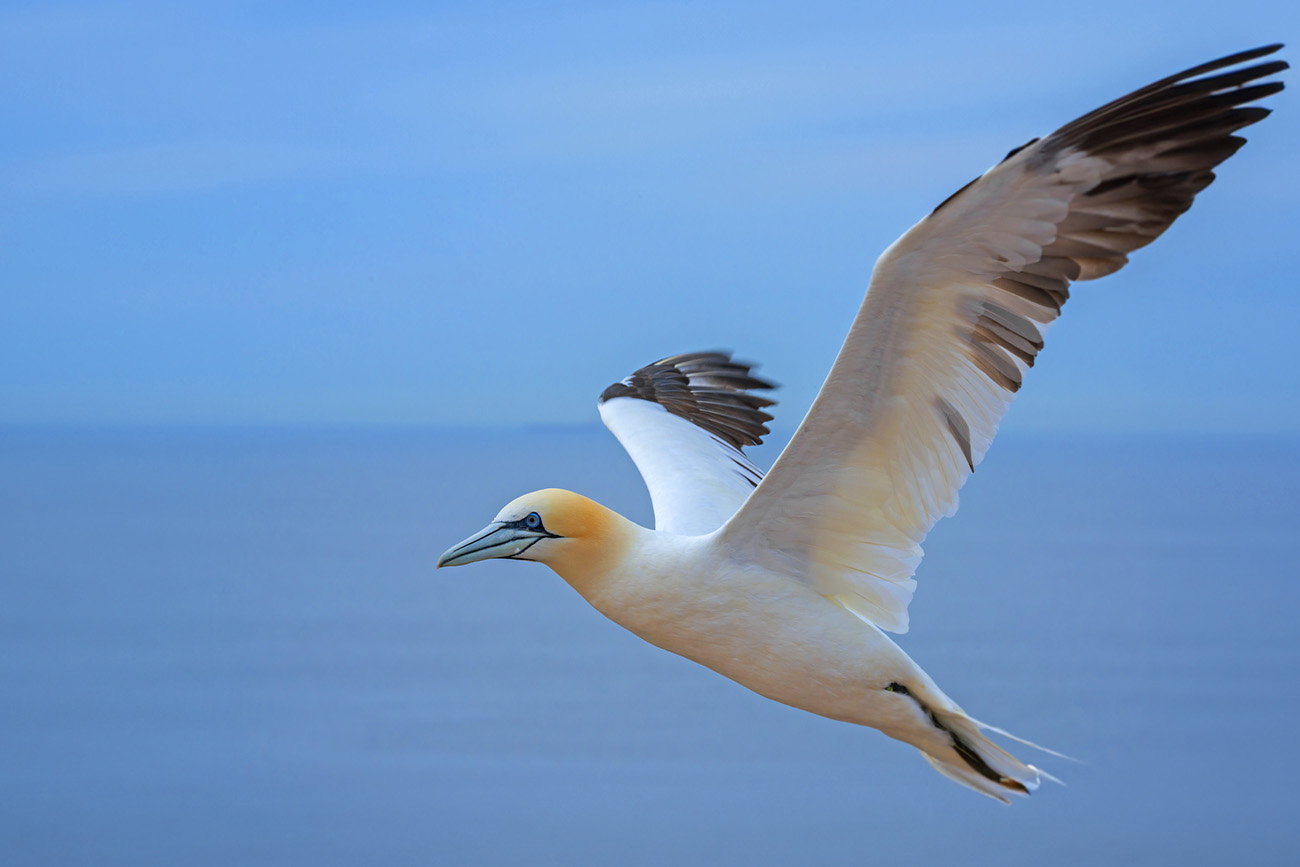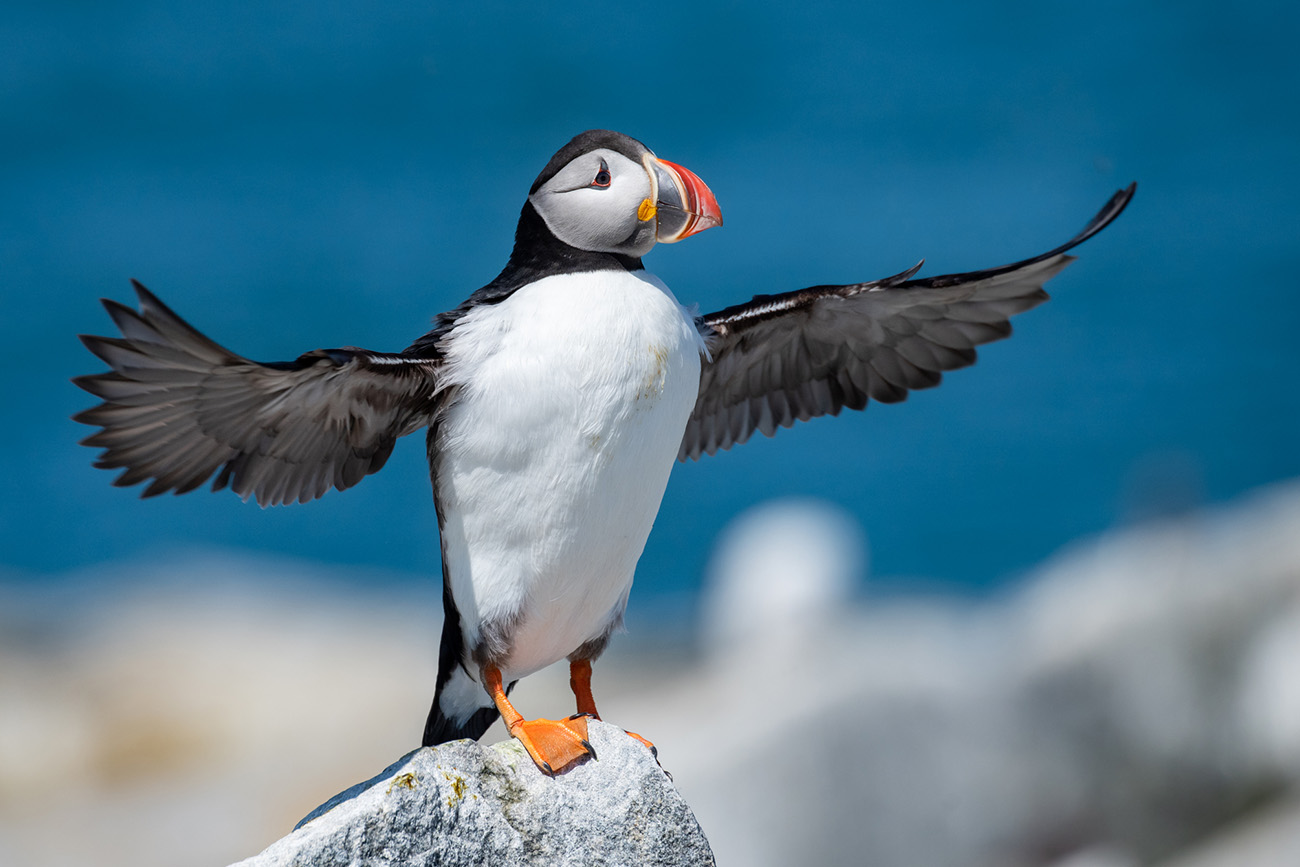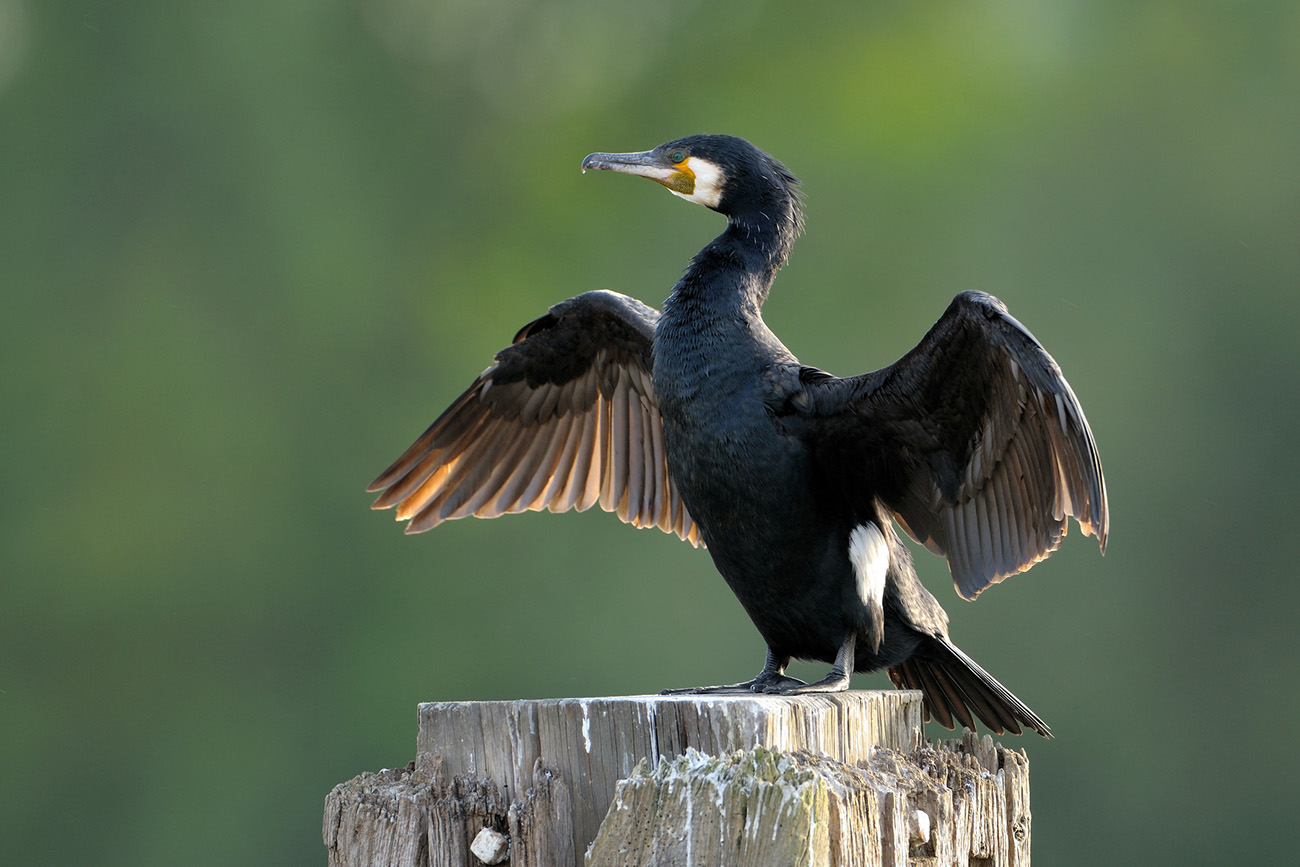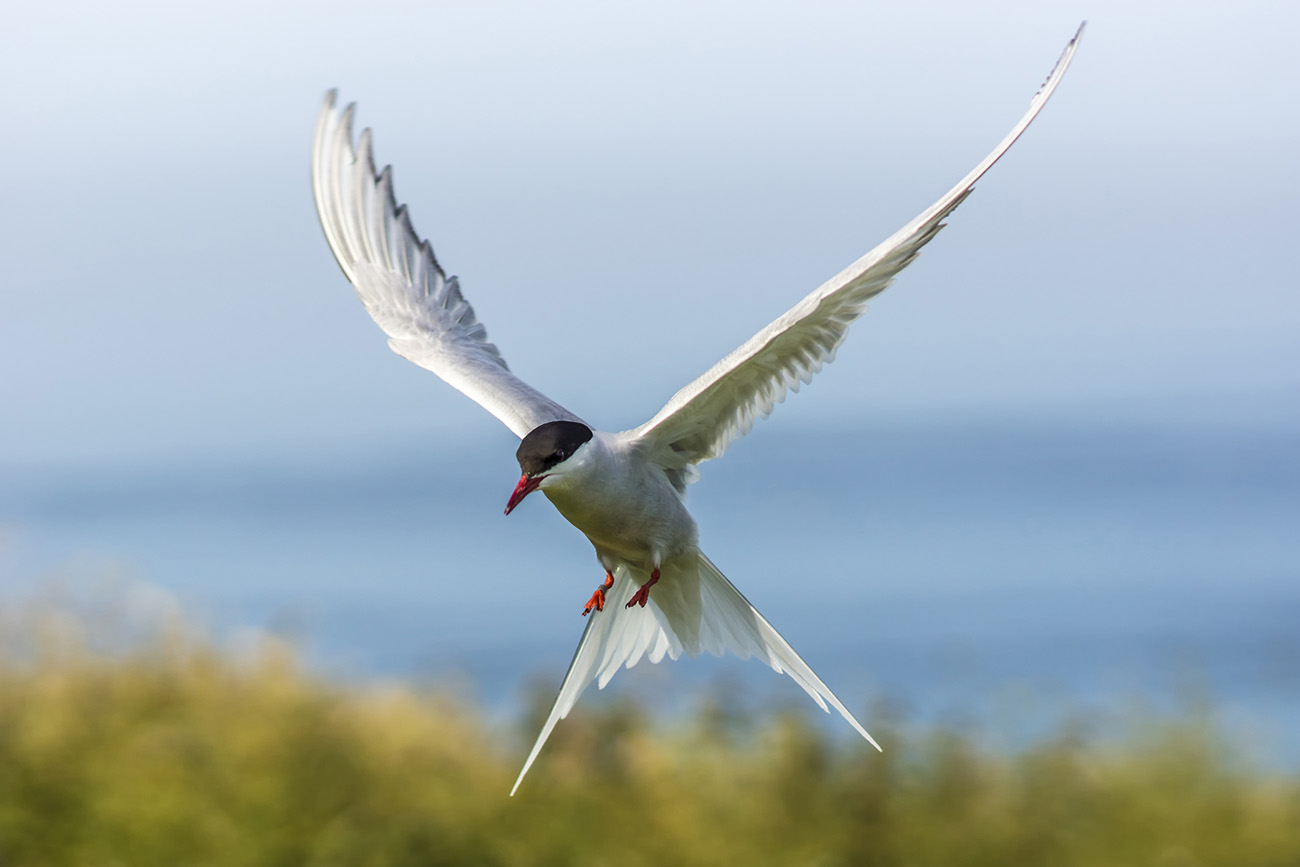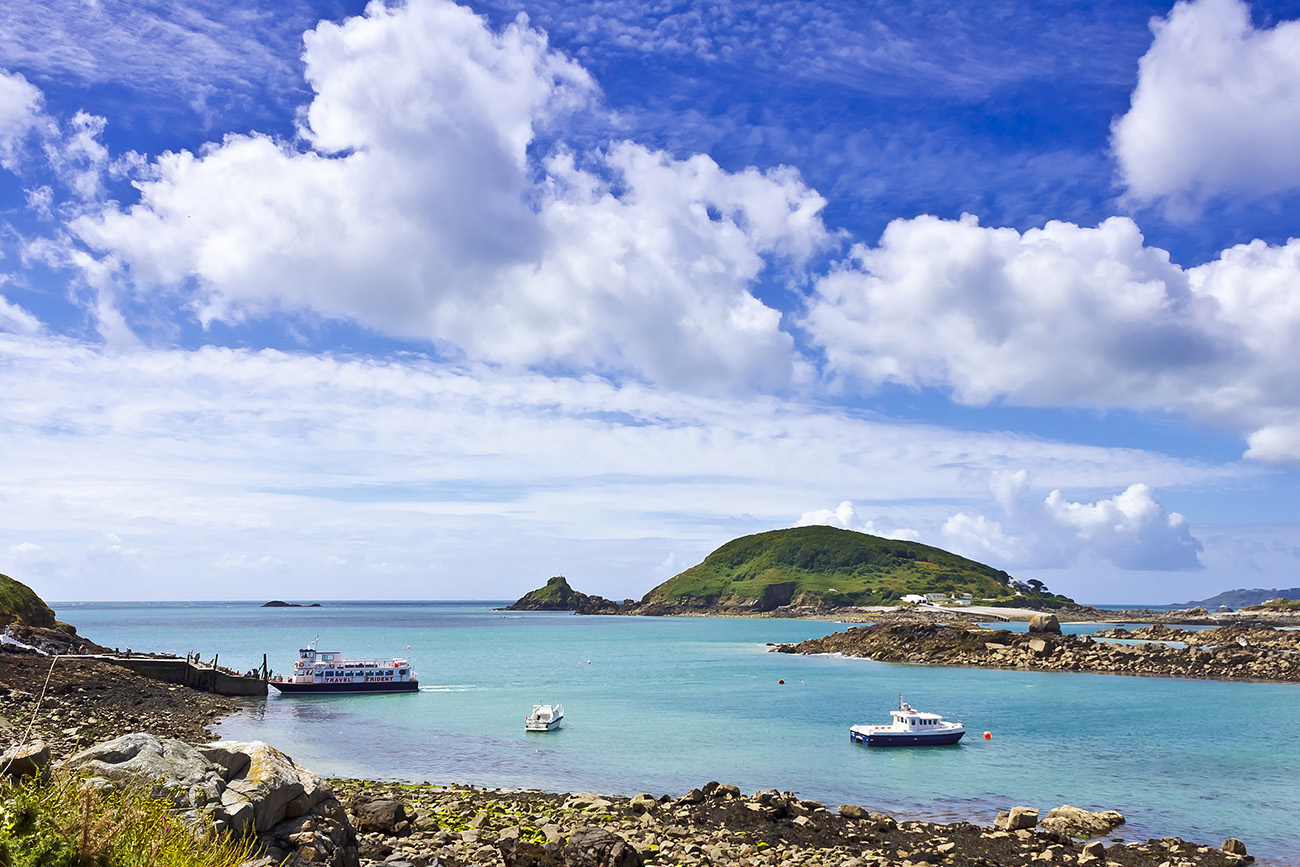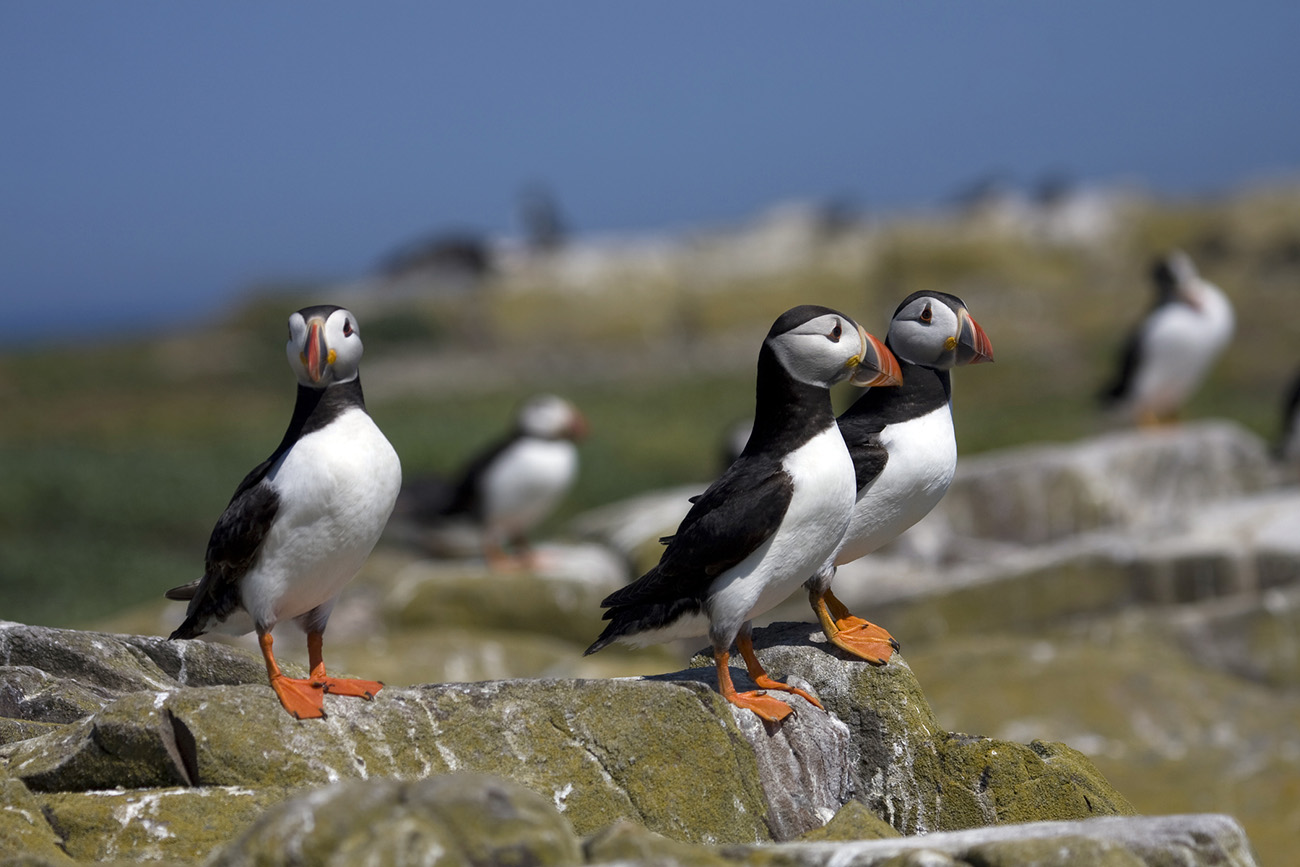
The Channel Islands are home to a diverse array of seabird species that grace the skies and shores with their presence. Guernsey, Herm, Sark, Alderney and Jersey isles provide vital habitats for a variety of seabirds, making them an essential part of the region’s rich biodiversity.
Meet the puffins and other seabirds
Seabirds are not just beautiful creatures to admire; they are also key players in maintaining the delicate balance of the ecosystem. These birds help regulate fish populations, disperse nutrients, and even contribute to plant growth through their guano, making them indispensable members of the marine community.
One of the most iconic seabird species found on the Channel Islands is the Atlantic puffin (Fratercula Arctica). These colourful birds are known for their distinctive black and white plumage, orange feet, and large, brightly coloured beaks.
Puffins are often found nesting in burrows on the cliffs of the islands, where they feed on small fish and other marine organisms. Their presence on the Channel Islands is not only a delight for birdwatchers, but also serves as an indicator of the health of the marine environment surrounding the islands.
Another common seabird species found on the Channel Islands is the Northern gannet (Morus Bassanus). These large, white seabirds are known for their striking blue eyes and long, dagger-like bills. Gannets can be seen diving from great heights into the water to catch fish, making for an impressive sight for visitors to the islands.
- Northern gannet
- Atlantic puffin
In addition to puffins and gannets, the Channel Islands are also home to several species of terns, including the Arctic tern (Sterna Paradisaea) and the common tern (Sterna Hirundo). Terns are small seabirds with long, slender bodies and pointed wings, making them well-adapted for catching fish on the wing. These agile birds can be seen darting across the water and diving into the waves to catch their prey.
The islands are also an important breeding ground for a variety of seabird species, including cormorants (Phalacrocorax carbo) and shags (Phalacrocorax Aristotelis). These dark-coloured seabirds can often be seen perched on rocks or cliffs, drying their wings in the sun after a dive in search of fish. Cormorants and shags play a vital role in the marine ecosystem, helping to control fish populations and maintain a balance in the food chain.
- Cormorant (Phalacrocorax carbo)
- Arctic tern
In addition to the more common seabird species found on the Channel Islands, there are also several rarer species that can be spotted in the area. For example, the Manx shearwater (Puffinus Puffinus) is a long-winged seabird that breeds on the islands and migrates to South America for the winter. These birds are known for their distinctive call and impressive aerial acrobatics as they soar over the waves in search of food. The presence of Manx shearwaters on the Channel Islands is a reminder of the global connections that exist between different seabird populations around the world.
The islands are also home to a population of great skuas (Stercorarius Skua), predatory seabirds that feed on fish and other seabirds. These powerful birds are known for their aggressive behaviour and will often steal food from other seabirds or even attack them in mid-air. Despite their intimidating reputation, great skuas are an important part of the marine ecosystem, helping to control the populations of smaller seabirds and maintain a balance in the food chain.
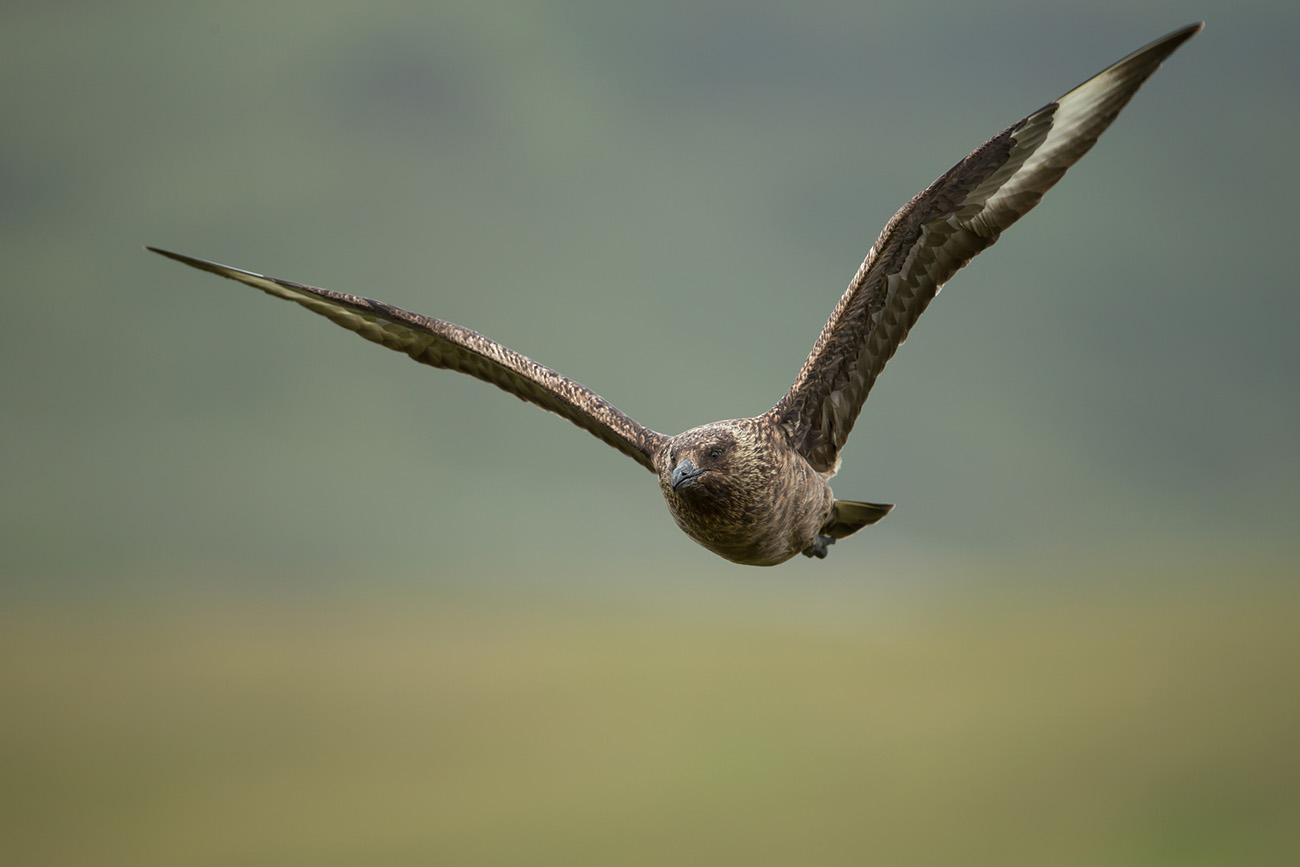
Great skuas (Stercorarius Skua)
Meet the marine mammals
In addition to seabirds, the Channel Islands also support a variety of marine mammals, including seals and dolphins. These mammals play an important role in the local ecosystem, helping to control fish populations and maintain a healthy balance in the marine food chain.
Implementing strategic measures, such as habitat protection, reducing marine litter, and fostering research initiatives, can help mitigate threats to seabird populations and promote their recovery. By prioritising proactive conservation strategies, the outlook for seabirds in the region can be enhanced, ensuring their survival for generations to come.
As we continue to witness the escalating risks faced by the diverse seabird species inhabiting the Channel Islands, it becomes increasingly imperative to prioritise conservation efforts and sustainable practices to safeguard their existence.
By raising awareness, implementing protective measures, and fostering a deeper appreciation for these magnificent creatures, we can strive towards ensuring a brighter future for seabird populations in this ecologically significant region.
Together, through collective action and dedication, we can work towards preserving these islands as a sanctuary for seabirds and other marine wildlife.
Would you like to explore more of the Channel Islands? Then don’t miss out on the following article: Exploring Guernsey and Jersey: Hiring a car and navigating parking

